Mulches for home gardens, flower beds, and landscape plantings are becoming more and more popular. Any material that covers the soil surface around and under plants to protect and improve the area is considered a mulch.
Mulches perform many functions, such as:
- Help control weeds by preventing and slowing weed seed germination. They also smother many small, actively growing weeds.
- Regulate soil temperature. This is extremely important to some plants as they grow. Depending on the mulch, soil temperature under mulch may be warmer or cooler than that of bare soil.
- Retain soil moisture by decreasing evaporation from the soil surface.
- Reduce soil erosion and crusting by providing a covering for the soil surface, so that rainwater strikes the mulch rather than splashing directly on the soil surface and running off.
- Protect plants from pathogen inoculum that can be splashed up from the soil and protect vegetables such as cucumbers from decay by preventing fruit contact with bare soil.
- Improve the appearance of any planting site when properly used.
Some organic mulches protect many perennial plants during the winter.
Types of mulches
The majority of mulches can be divided into two groups: organic mulches and synthetic mulches. Organic mulches are made up of plant material such as peat, wood shavings, bark (chips, shreds, chunks, or nuggets), straw, hay, ground corn cobs, leaves, compost, sawdust, lawn clippings, pine needles or boughs, peanut hulls, and cocoa bean shells. Inorganic or synthetic mulches include clear or black plastic, heavy-duty aluminum foil, tarpaper, carpet pieces, and spun or woven polypropylenes.
In some instances, inert mulches such as gravel and pebbles are used, often with a synthetic mulch.
Organic Mulches
Synthetic Mulches
How to apply organic mulch
Place organic mulches around annual plantings (vegetables and flowers) only after the soil has warmed up. Applying organic mulches too early in spring will keep the soil cold longer and slow plant growth. In Wisconsin, apply mulch about mid- to late June unless your soils are sandy. Sandy soils warm up more quickly than heavy clay or prairie soils. You can usually apply organic mulches around crops growing on sandy soil in mid-May.
Apply most organic mulches 3 inches deep over the soil and around young plants. Vegetables grown from transplants should be mulched sparingly (about 1 inch) when they are young, and then you should gradually increase the mulch depth to 3 inches as the plants grow taller. Mulch low-growing plants such as lettuce and radishes on either side of the row, but at a depth of only 1½ to 2 inches. For vining plants such as cucumbers and melons, mulch the entire area over which vines will grow to reduce losses from rot diseases which occur when the fruits lie on the ground.
Organic mulches also help protect roses, strawberries, and prized perennial plants from severe cold weather and frequent freezing and thawing in winter. Mulch perennials in the fall after several freezes (usually about Thanksgiving).
For strawberries, completely cover the plants with about 4 to 5 inches of straw, marsh hay, or similar material. Remove the mulch in spring when leaves begin to show a yellowish tinge. To mulch roses and other perennial plants, pile about 8 inches of straw, marsh hay, or similar material around the plant crown. Again, remove the mulch in spring when new growth begins.
How to apply synthetic mulch
Synthetic mulches should be applied at planting time or up to 2 weeks before planting. Early application is especially effective with the polyethylenes (plastics) since they have the greatest warming effect on soil temperature. When using plastics, make sure the soil moisture is at an optimum level before application because plastics are impermeable. Soil that is either too wet or too dry when you apply a plastic mulch will probably be too wet or dry throughout the season.
Before laying synthetic mulches, fertilize your soil with 3 to 4 pounds of 5-20-20 fertilizer per 100 square feet (for vegetables) or as recommended by a soil test. At least two-thirds of the fertilizer should be broadcast before tilling or spading in the spring, and then rake the rest in lightly before applying the synthetic mulch.
After fertilizing and when soil moisture is at an optimum level, dig a trench parallel to the planting row with a hoe and insert about 3 inches of the long edge of the plastic into the trench. Anchor the edge securely with soil. Wind will pull up an entire sheet of plastic if it isn’t anchored securely. Do the same for the other side of the plastic and for both ends.
In lawns or flower gardens, use a lawn edger to make a slit in the soil to place your polyethylene or polypropylene mulch. Pack the soil down again after anchoring the mulch.
Plastics and the polypropylenes come in various weights or mils (thickness). Generally 1½ mil plastic works well for annual plantings. Heavier or thicker mulches are more expensive and usually only needed to reduce problem weeds such as quackgrass around perennial plantings. Most plastic comes in widths of 4 feet, allowing a bed width of about 3 feet.
As discussed earlier, various synthetic mulches have different capacities to increase soil temperature. Since clear plastic has the most warming effect on the soil, it is often recommended as a mulch in locations with a relatively short growing season or for use with crops that require especially long growing seasons. In northern Wisconsin, clear plastic works effectively for warm-season vegetable crops such as eggplant, tomatoes, and peppers.
However, clear plastic does not control weeds, so it is most effective only during the first 6 weeks of plant growth. If weeds become a problem by that time, cover or remove the plastic and use another form of weed control.
Planting around synthetic mulches
Watering around synthetic mulches
Synthetic mulch combinations
Selecting the right mulch for fruit and vegetable crops
Since organic mulches tend to keep soil temperatures relatively cool, they work best for cool-season crops. These include asparagus, beets, broccoli, Brussels sprouts, cabbage, carrots, cauliflower, collards, kale, kohlrabi, lettuce, mustard, onions, peas, potatoes, radishes, rhubarb, salsify, spinach, and turnip.
On the other hand, synthetic mulches usually elevate soil temperatures and thus work best with heat-loving or warm-season crops. They also are used primarily with plants grown in hills or spaced several inches apart. Examples include cucumbers, eggplant, lima beans, muskmelon, okra, peppers, pumpkin, squash, tomato, and watermelon, as well as strawberries and roses.
Written by: H.C. Harrison
Last revised: 10/20/2011
Item number: A3383
Please note: References to products in this publication are for your convenience and are not an endorsement or criticism of one product over other similar products. You are responsible for using chemicals according to the manufacturer’s current label directions. Follow directions exactly to protect the environment and people from chemical exposure.
Download Article

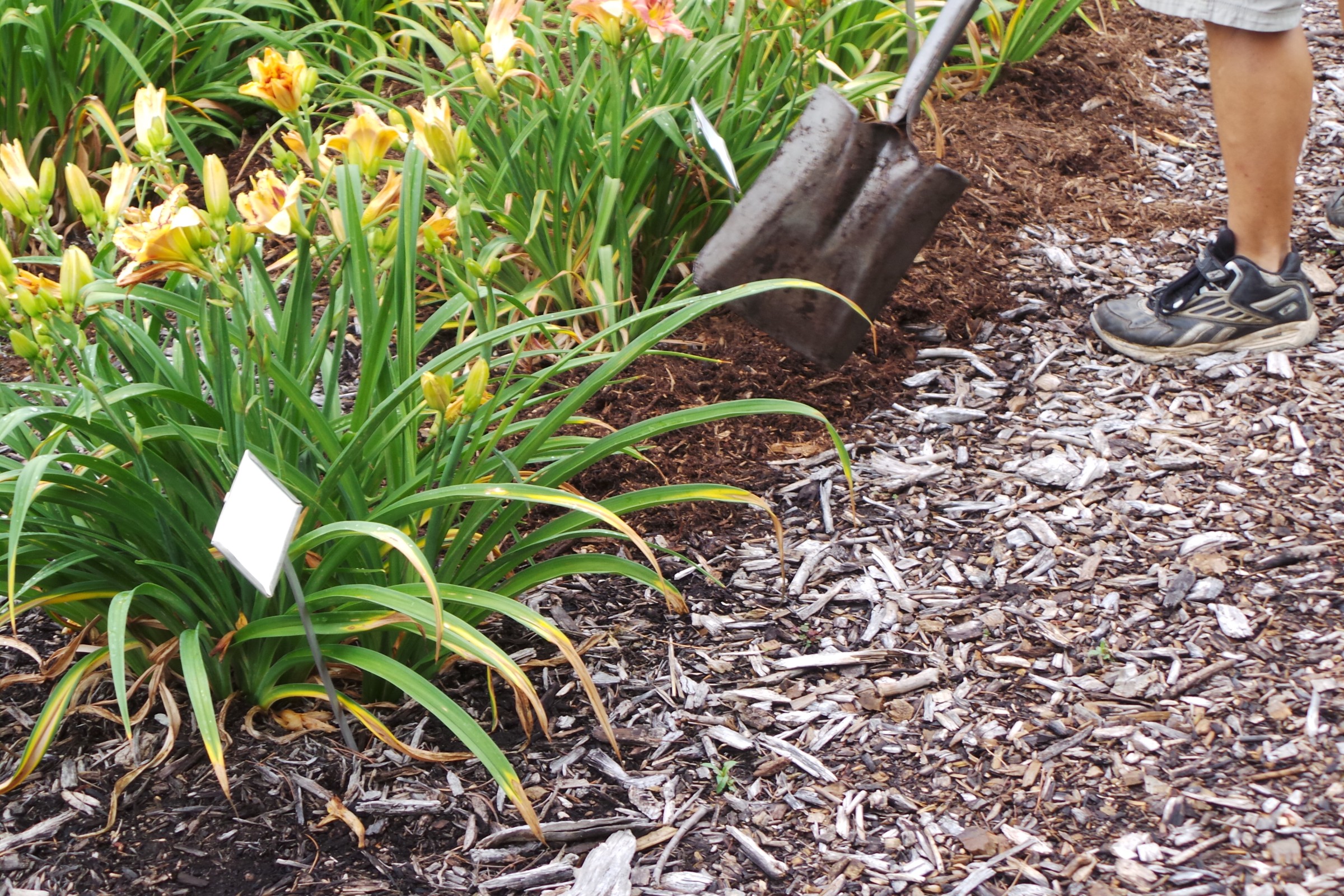
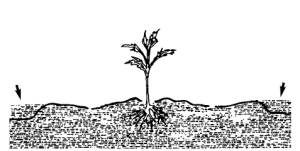
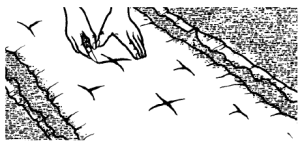
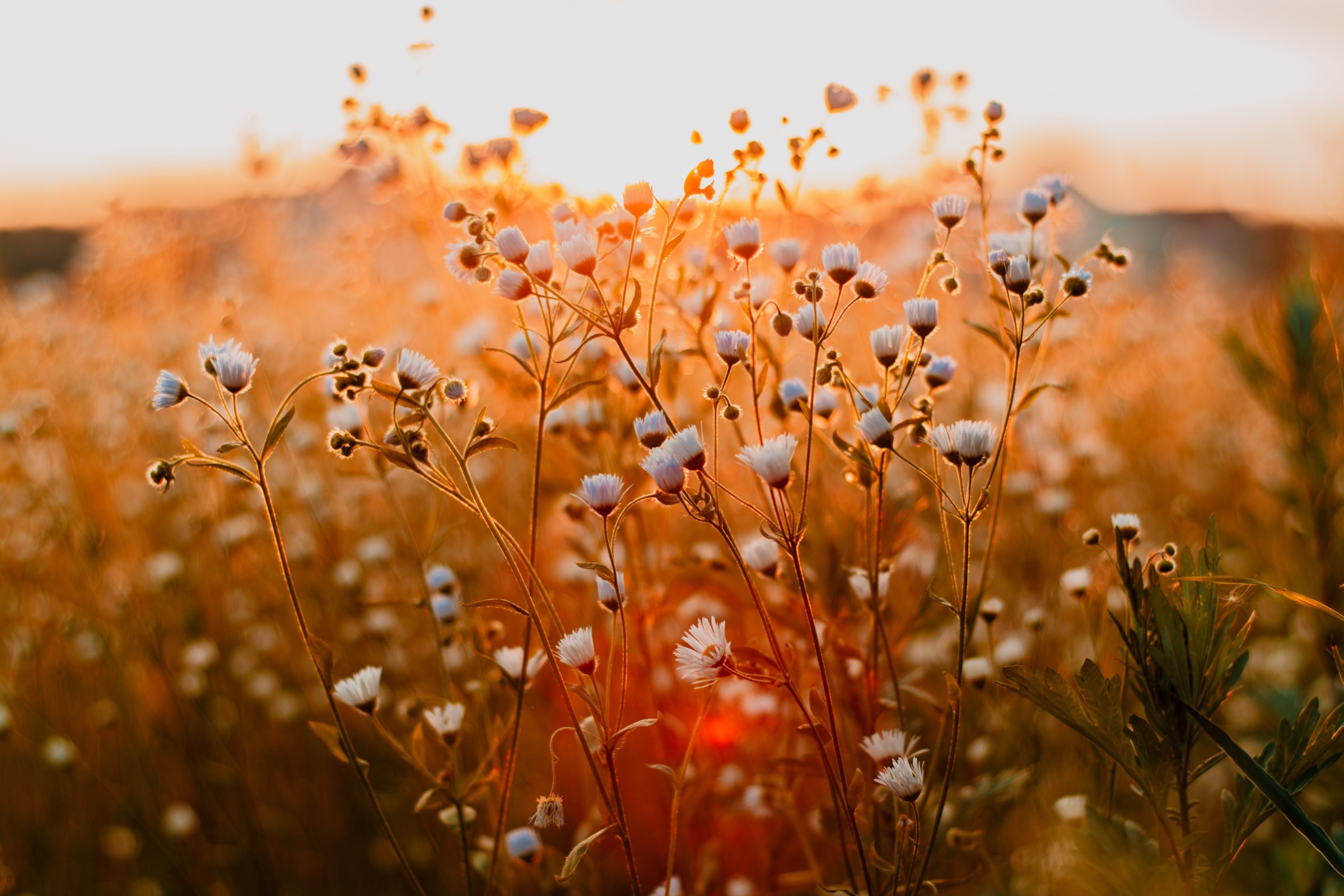
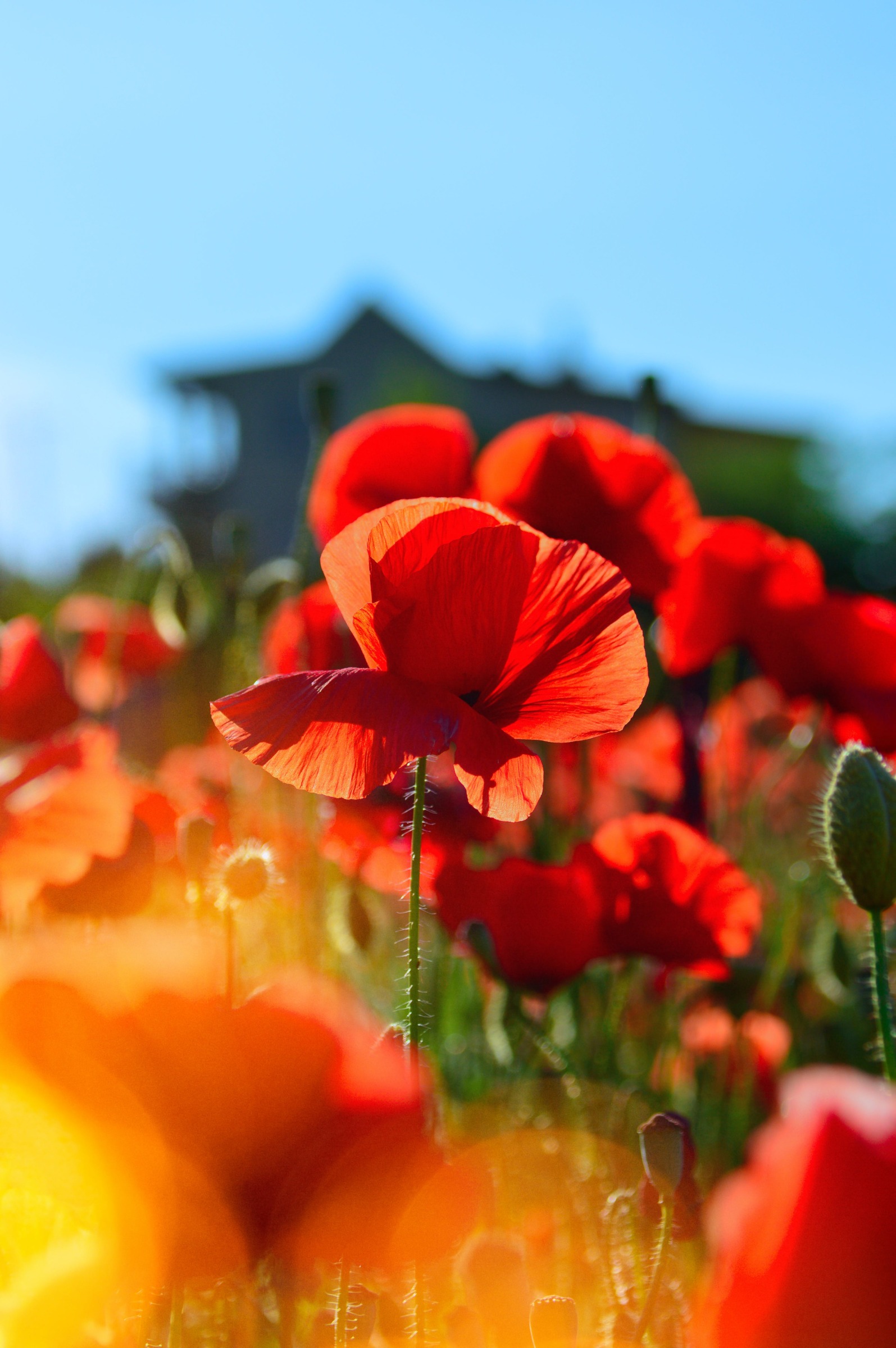
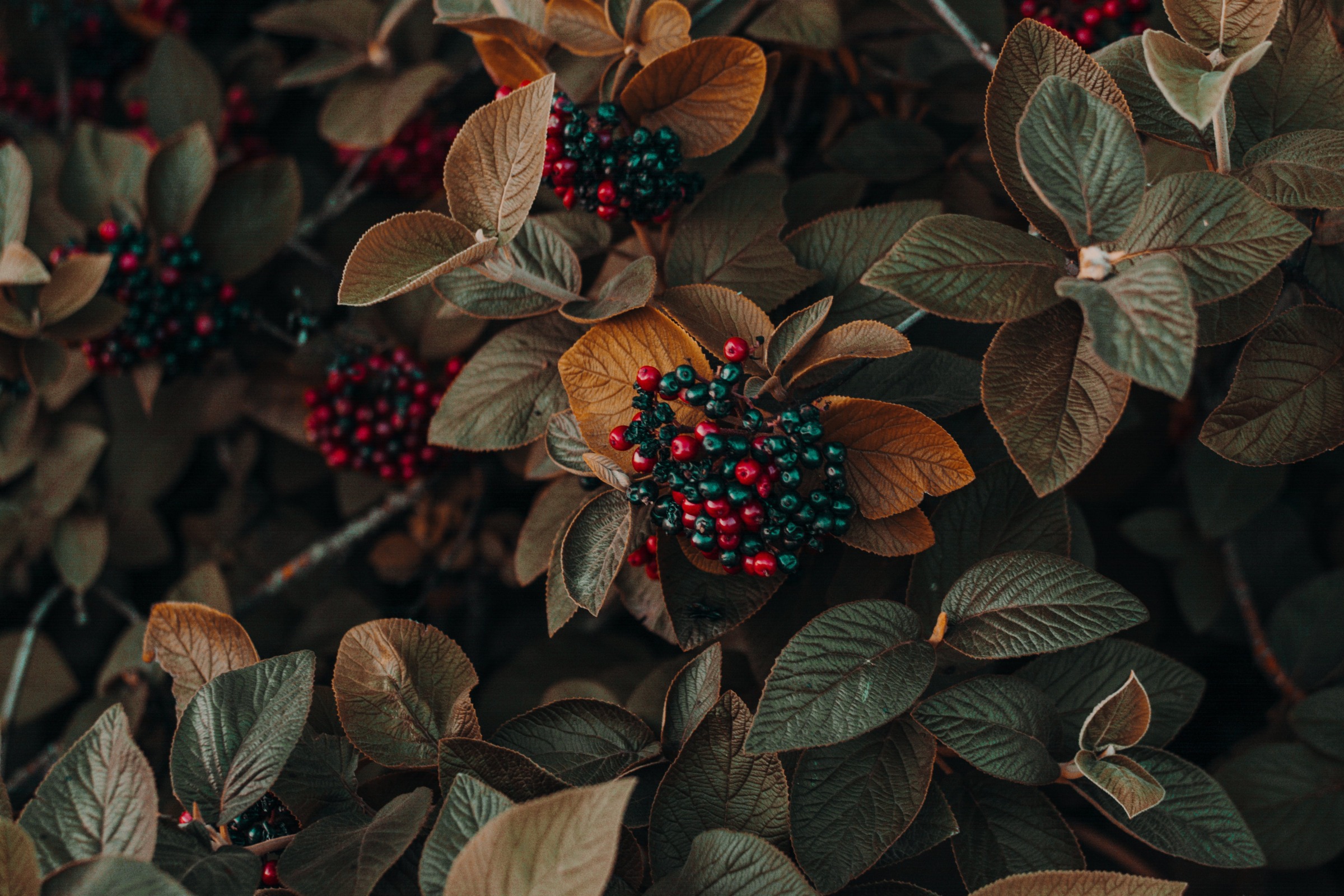
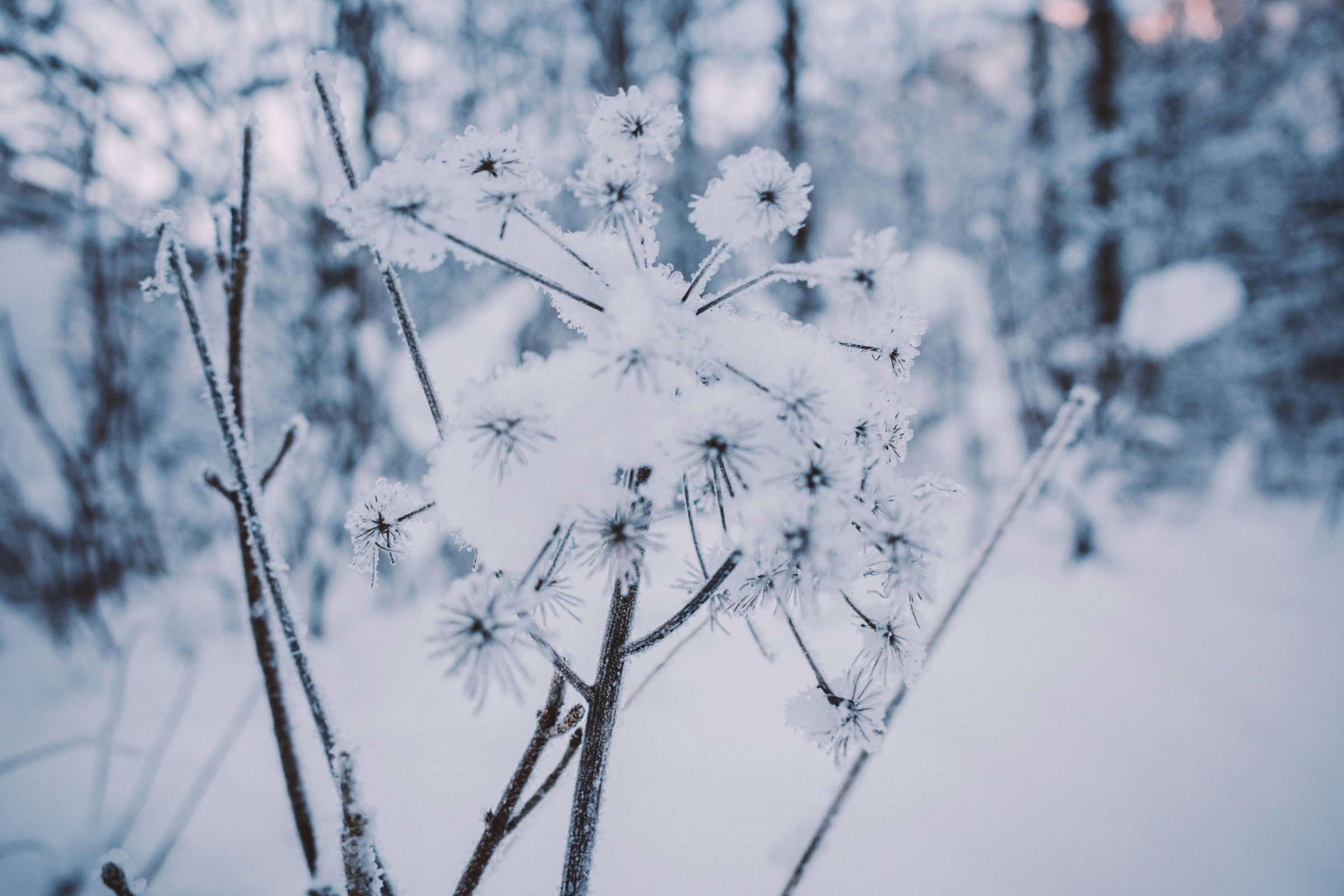
 Wood Mulch and Tree Health
Wood Mulch and Tree Health ▶ Watch: Best Practices for Watering Yards and Gardens
▶ Watch: Best Practices for Watering Yards and Gardens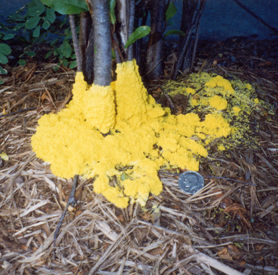 Slime Molds
Slime Molds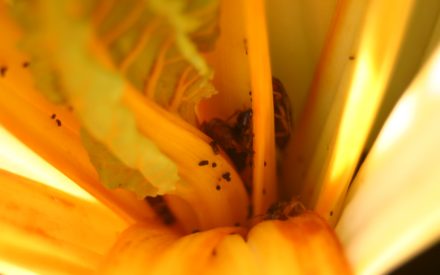 Earwigs
Earwigs


